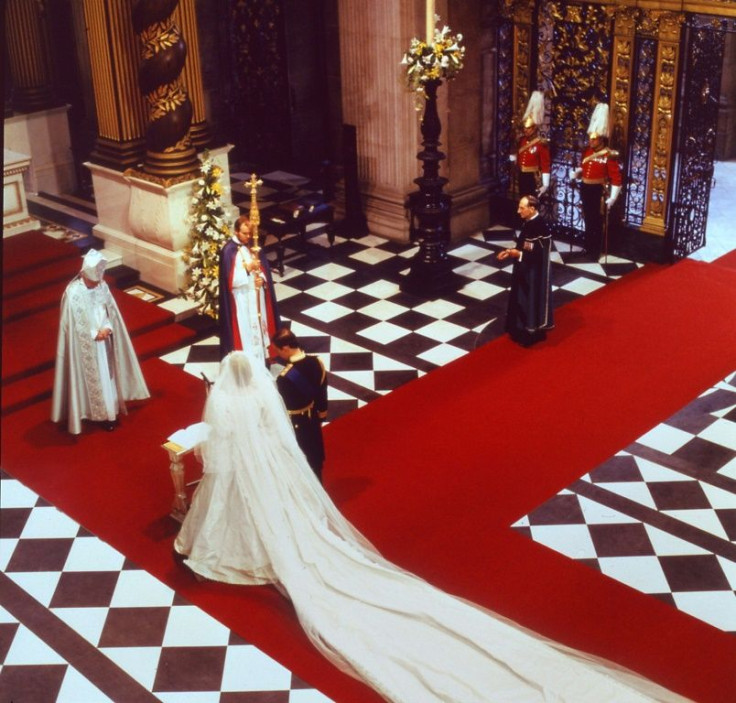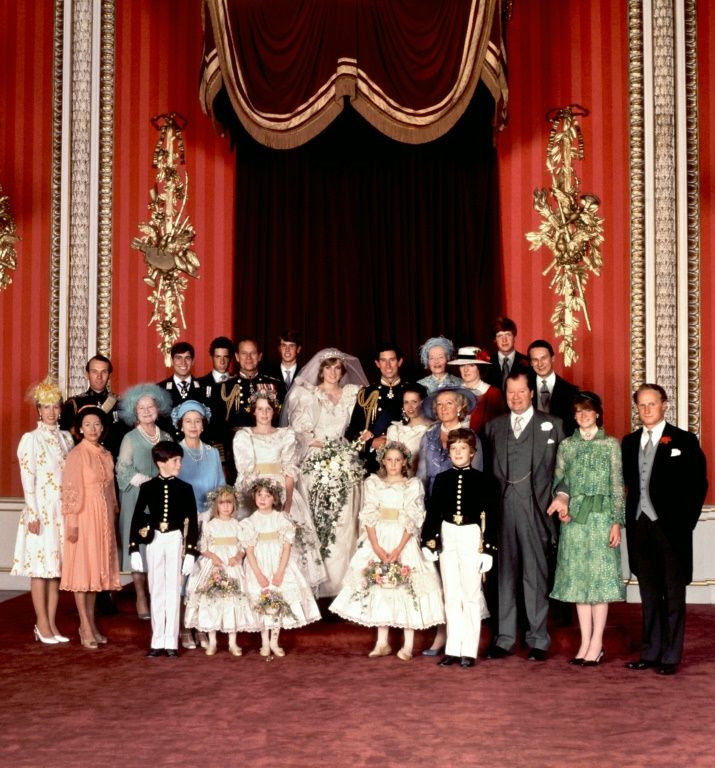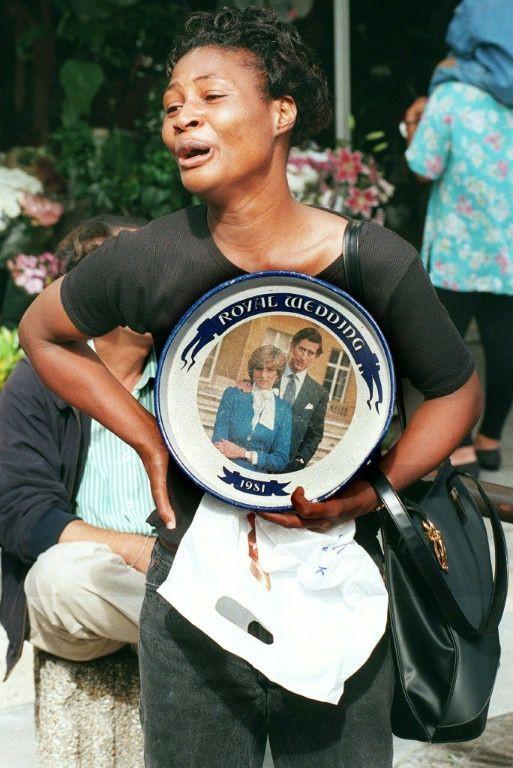Charles And Diana's 'Wedding Of The Century'
Their fairy-tale marriage 40 years ago this month was dubbed the "wedding of the century".
But for Prince Charles and Lady Diana Spencer it would all end in tears, recriminations and tragedy, with the after-effects still being felt by the British royals today.
Presidents and prime ministers as well as the crowned heads of Europe and beyond streamed into St Paul's Cathedral in London on July 29, 1981 for the ceremony, which was watched on television by 750 million people around the world.
Here is an account of the wedding based on AFP reporting of the time.
The marriage of Charles, a bachelor of 32, and his 20-year-old blushing bride was a heady mix of "love and protocol", wrote AFP special correspondent Michel Leclercq on the day.
The famous kiss from the balcony of Buckingham Palace which was splashed on front pages around the world the next day took place against a backdrop of British fanfare, with horse-drawn carriages and trumpets.
People around the globe watched from their armchairs as Lady Diana stepped out of the glass carriage which had brought her to St Paul's Cathedral.
As she arrived on the arm of her father Earl Spencer, the woman who was about to become the Princess of Wales revealed the day's best-kept secret: her spectacular wedding gown.

She climbed the steps of St Paul's in her ivory taffeta dress, a 7.5-metre (22-foot) train cascading behind her, and a diamond tiara on her head.
"When she appeared wearing ivory, hidden under a multitude of pleats, frills, mother of pearl sequins and crinoline, a formidable roar rose from the crowd," AFP wrote.
Trailed by her bridesmaids, she walked slowly down the aisle past the 2,500 handpicked guests to the sound of trumpets to join Prince Charles, who wore a Royal Navy commander's full dress uniform.
As the world looked on, the royal couple were clearly feeling the pressure.

Under the dome of St Paul's and in thunderous silence, the future king's voice trembled as he murmured "I will".
The bride also stumbled while reading the marriage vows, despite smiles of encouragement from Charles.
"As she repeated the ritual wording Lady Diana betrayed nervousness and inverted the prince's names," AFP wrote.
Diana also timidly said, "I will". It had been agreed in advance that she would not vow to obey her husband, in a break with tradition that in those days still raised some eyebrows.
Prince Charles then laid the gold ring on her left hand and at 12:20 pm precisely, AFP wrote: "Prince Charles and Lady Diana Spencer are married."
New Zealand soprano Kiri Te Kanawa then sang Handel's "Let the Bright Seraphim" as part of a concert that was beamed to the crowd outside.

Britain's Queen Mother, 81 at the time, wiped away a tear, while Charles' mother Queen Elizabeth II, dressed in a turquoise dress and matching hat, had "moist eyes" on several occasions throughout the service, AFP wrote.
With Britain doing what its media commented it does best -- putting on a state occasion -- it was very much a British affair.
"The British press did not devote a line to the make-up of Princess Grace of Monaco, the suit of French President Francois Mitterrand or the pale pink suit worn by Nancy Reagan (the US First Lady)," AFP wrote.
Britain had a national holiday and around 600,000 people gathered in the streets, some having camped out all night, waving Union Jack flags as they witnessed the two newly-weds crossing London on the three-kilometre (two-mile) route from the church in their open-topped state carriage.
The assembled crowds then cheered the famous kiss on the balcony of Buckingham Palace.
The "furtive kiss" symbolised "a marriage where the spontaneity of love managed to win over tradition", AFP wrote, somewhat wishfully, as things would turn out.
Britain danced to the tune of the wedding which was accompanied by the biggest security operation since World War II, with the British mainland still in the grip of an Irish Republican Army (IRA) bombing campaign.
Hair salons were advertising the "Diana cut" and admirers bought commemorative mugs and plates bearing a photograph of the royal couple along with other royal gadgets.
After the major fanfare, the couple attended a more intimate reception at the Palace where Diana was photographed kissing her youngest bridesmaid, a five-year-old, before departing on honeymoon on the royal yacht Britannia to cruise the Mediterranean.
In his sermon, the Archbishop of Canterbury Robert Runcie called the wedding a "fairy tale".
But it lasted less than five years during which an "heir and spare", princes William and Harry, were born.
After that, the marriage gradually turned acrimonious, with stories of infidelity, embarrassing leaked telephone conversations and Diana's bulimia and suicide attempts.
The royal couple separated in 1992 followed by their divorce in 1996.
Diana's death in 1997 in a car crash in Paris caused deep distress and rocked the monarchy.
The queen, whose distance and reserve marked her out from her subjects, was accused of heartlessness.
In a civil ceremony on April 9, 2005, Charles married his new wife, Camilla Parker Bowles, who had emerged as the real love of his life and to whom he reportedly gave a bracelet engraved with the initials of their nicknames for each other -- Fred and Gladys -- the night before his wedding to Diana.
While Diana would have become queen upon Charles' accession to the throne, Camilla will merely be queen consort.
© Copyright AFP 2024. All rights reserved.





















